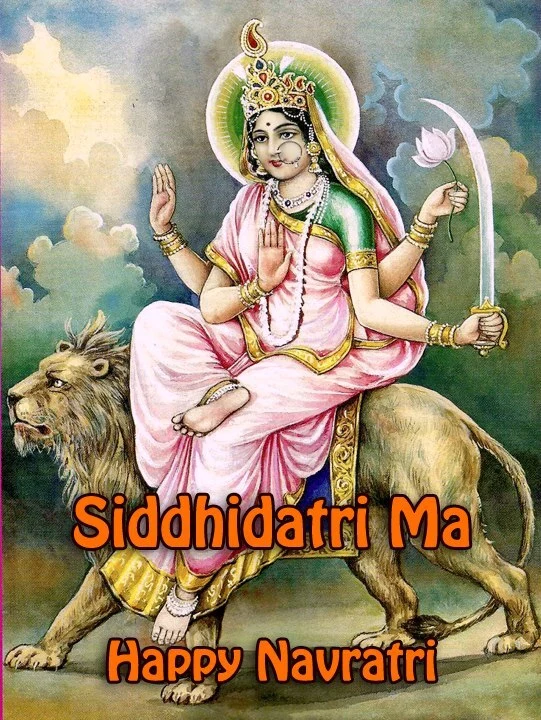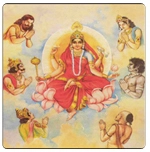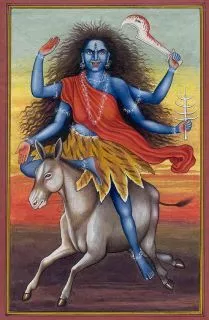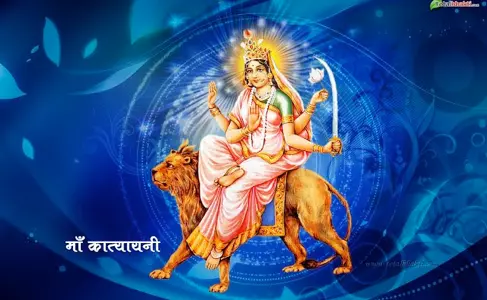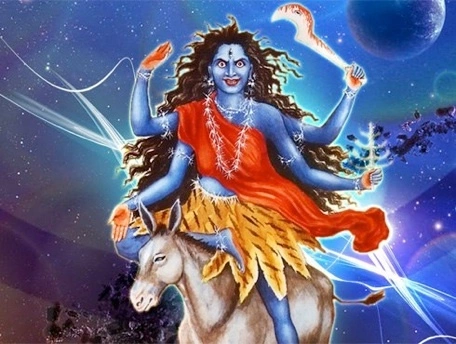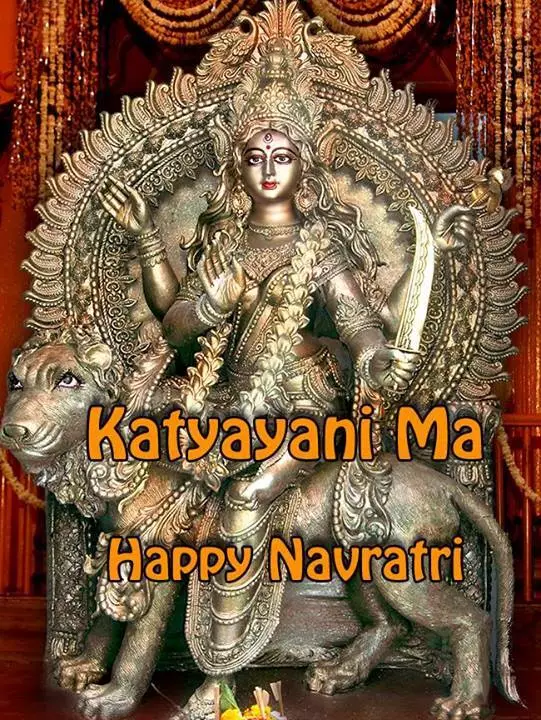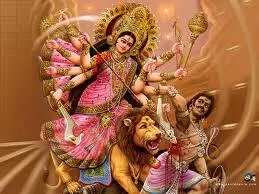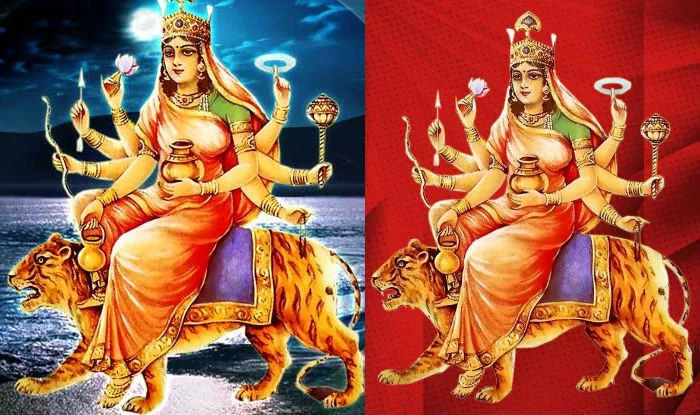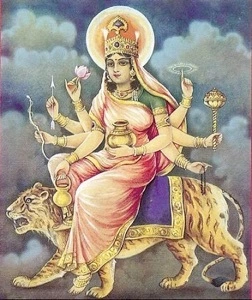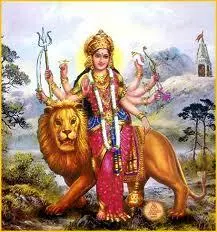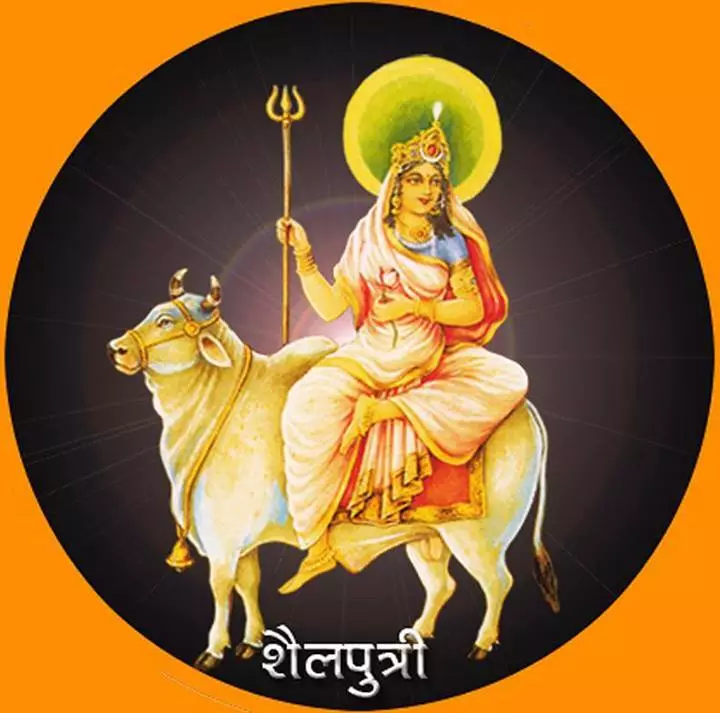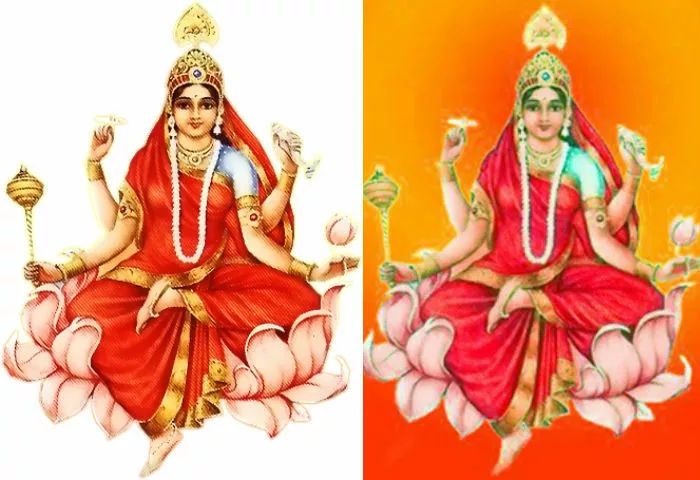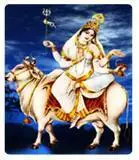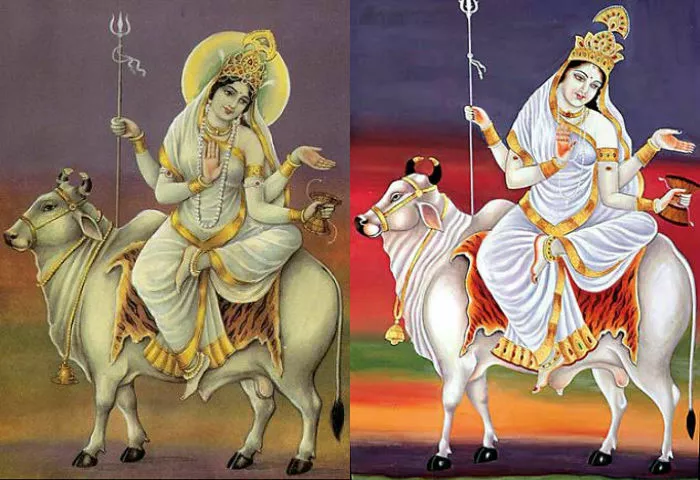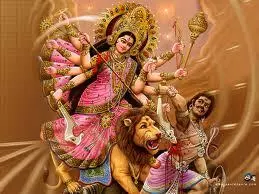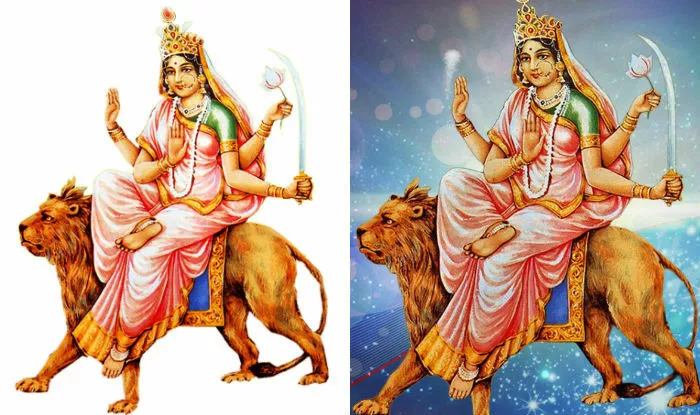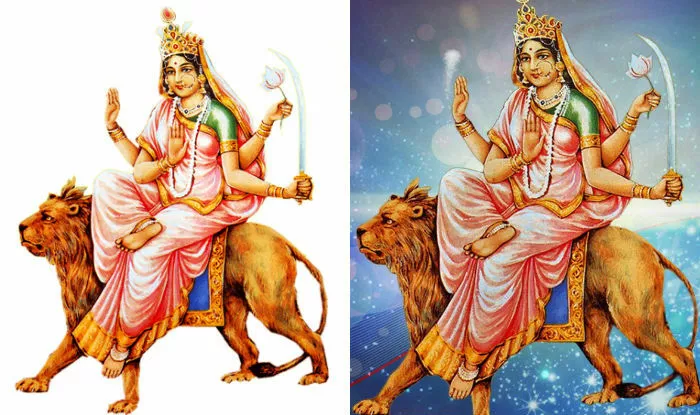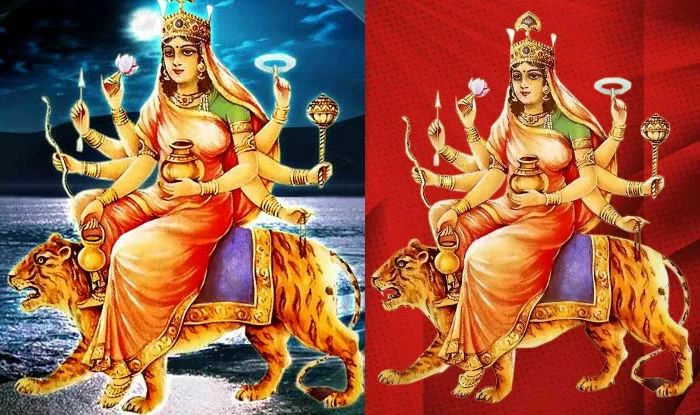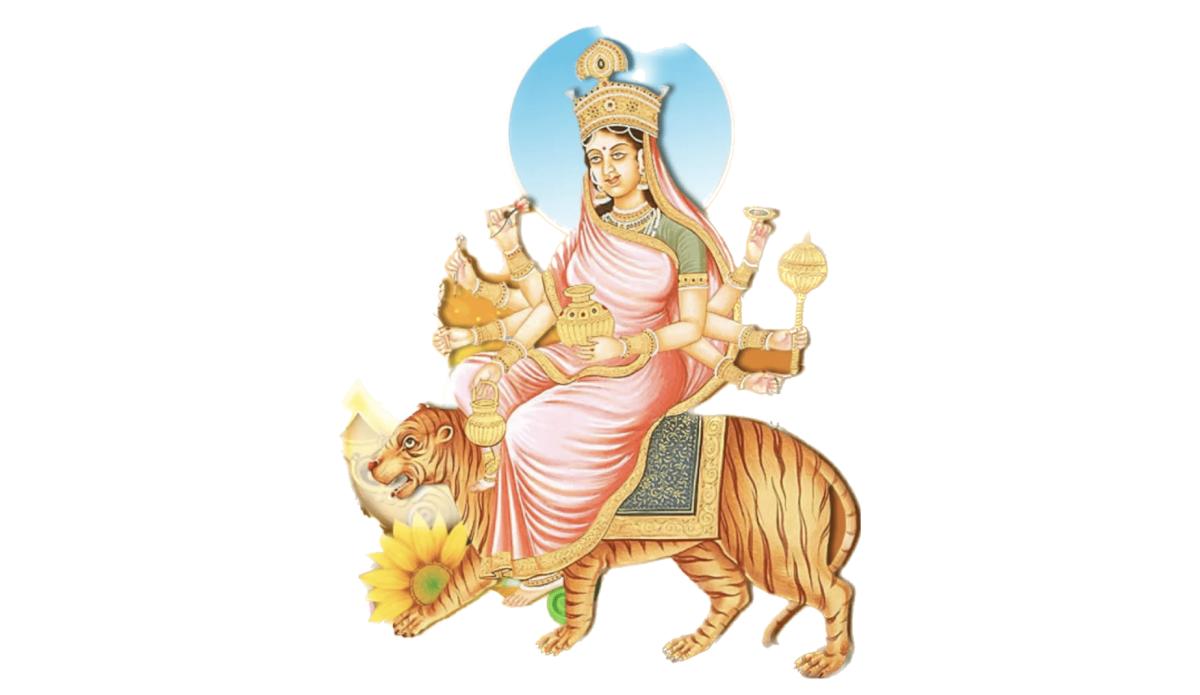

#Rudraksha #beads have different faces and varieties. The Rudraksha bead we mainly use is five mukhi, the most common Rudraksha. It has five natural lines from head to bottom, which symbolize the five forms of Lord Shiva, the symbol of auspiciousness. We made all our Malas according to the specific spiritual numbers of beads: 108 / 72 / 54.
ONE MUKHI HALF MOON SHAPED RUDRAKSHA
A round one faced Rudraksha bead is very difficult to find. However a one faced Rudraksha in the shape of a cashew nut (also known as a Half Moon Rudraksha ) is generally available. No enemy can cause harm to the person wearing this bead .The person gets all pleasures of life. It is excellent for those who are involved in politics, government service or administration.
One Mukhi rudraksha cures the malefic effects of the Sun and makes the individual charismatic and radiant like the divine Surya himself. It also helps in curing the disease caused by the adverse placement of the Sun in the Birth chart such as diseases of the right eye, bones ,mental anxiety, Head ache, ear ailments ,Bowel problems, Bone weakness etc and at the spiritual level such as lack of Confidence, Charisma ,Personal power, leadership qualities and Prosperity. The Sun is pleased with the wearer and any obstacles in his path to lead a rich and powerful life is removed It gives protective powers against heart ailments also.
TWO MUKHI RUDRAKSHA
The representing deity is #Ardhnariswara (The sum total of male and female energies). It leads to the harmonizing of energies between two individuals and thereby making happy and lasting attachments. Excellent bead for improving relationships.
Two mukhi Rudraksha cures the malefic effects of Moon. It helps in stabilizing the mind, making a person purposeful, making a person to complete a task before moving onto the next one. It is also helpful in the diseases of the left eye, fluid system of the body (the body is 75% water and water is represented by the moon-tide effect), renal failure and the intestinal system. This bead cures stress, anxiety, depression and negative thoughts. It is specially useful for individuals who have eye problems and who have an history of hysteria.
THREE MUKHI RUDRAKSHA
The representing deity is #Agni (The Lord of Fire). It bestows the wearer the confidence and the energy to face any situation. It is excellent for introvert individuals or those who suffer from depression, anxiety, psychosis or guilt induced complexes. It gives success in sports. This bead is also excellent for those who have Real Estate as their career.
The malefic effects of Mars are considerably reduced by wearing this bead .Mars represents the blood system and the energy levels in the body. It is widely used in controlling blood pressure ,regulation of the menstrual cycle/menstrual stress and removal of depression. This bead is also beneficial for those having the Manglik Dosha in their charts and also for those individuals who are temperamental.
FOUR MUKHI RUDRAKSHA
The representing deity is Lord #Brahma (The creator of the Universe). The ruling planet is Mercury . In mythology this represents Goddess Saraswati and Brahma.
It increases the power of original thinking and helps those who are involved in mental pursuits. It helps to remove the malefic effects of Mercury and helps in developing the power of speech.
It is very useful in the treatment of stammering, asthma and directing the mind towards grasping knowledge. Excellent for students, scientists and management executives or professionals in the computer, electronics or communication field. Good for individual with respiratory tract problems.
FIVE MUKHI RUDRAKSHA
The most abundant bead among all Rudraksha beads. At least 90% yield of the Rudraksha Tree is of the five faced Rudraksha bead. Rudraksha malas used for chanting mantras are generally made of 5 faced beads.
The representing deity is Lord #Shiva. It helps in curing the malefic effects of Jupiter. It is the bead of Good luck, academic excellence. It has a tranquil effect over the mind and helps one to be calm. It is helpful in regulation of blood pressure and controlling body fats. It creates a protective amour around the body and protects the wearer from adverse situations. Widely used in blood pressure related problems
SIX MUKHI RUDRAKSHA
The representing deity is Lord #Kartikeya also known as Skandha. It blesses the wearer with victory and wisdom. The malefic effects of Venus are controlled by wearing this bead. Diseases of a sexual nature, of sexual organs are cured by this bead.
It helps in having a happy martial life and blesses its wearer with vehicles and pleasures related to sensory organs . The wearer of this bead has the power of Vashikaran (Enchantment) in him/her (Power of attracting other individuals). This bead makes the wearer witty, charming and intelligent. This Bead has been used since time immemorial by actors and individuals who have a lot of public dealing.
SEVEN MUKHI RUDRAKSHA
The representing deity is Goddess #Mahalakshmi, the Goddess of Wealth. This Rudraksha Bead has secret and mysterious powers and it ensures that the wearer never faces poverty.
The representing planet is Saturn. This Rudraksha bead helps in overcoming the malefic effects of Saturn and the Sade Sathi period. It blesses its wearer with secret wealth and Vashikaran (control over others). Helps in the cure of Saturn induced diseases such as impotency ,foot related diseases, respiratory disorders. It is also helpful in curing long standing diseases.
This Rudraksha is generally kept in the place of worship and not worn on the body. This bead is also helpful for individuals having the Kalsarpa Yoga in their charts. This bead is also used by tantriks in a lot of secret Tantrik Sadhanas.
EIGHT MUKHI RUDRAKSHA
The representing deity is Lord #Ganesha. This Rudraksha removes the obstacles from the path of its wearer and ensures professional success.
The malefic effects of Rahu are cured by this bead. It is helpful in diseases of the mysterious kind, harassment by spirits, trauma causing dreams, Skin diseases, Stress and anxiety, diseases of lung , feet , skin , eye catarrh Isis, hydrofoil . Snake bites are also the result of malefic effects of Rahu and this rudraksha is helpful in such cases also. Excellent for individuals having Sarpa Dosha is their charts. Also good for Astrologers and individuals interested in the occult.
NINE MUKHI RUDRAKSHA
The representing deity is #Aadhya #Shakti #Maa - #Durga. It helps in cultivating patience, controlling unnecessary anger and a feeling of fearlessness. This Rudraksha is very dear to Maa Shakti and worn by the Devi Bhaktas.
The malefic effects of Ketu are controlled by this bead. Effects of Ketu are similar to those of Rahu and Saturn and include diseases of lung, fever , eye-pain , bowel pain , skin disease , body pain etc . Also helps in mastering foreign languages, and boosting vocabulary.
TEN MUKHI RUDRAKSHA
The representing deity is Lord #Vishnu (The Preserver). It helps the wearer to overcome difficult times and ensures that the wearer and the family of the wearer is protected. It creates a feeling of security and removes complexes.
There is no ruling planet for this bead. This Rudraksha helps in devotion and mediation as it increases the power to concentrate .
ELEVEN MUKHI RUDRAKSHA
The representing deity is Lord #Hanuman. It protects the wearer from Aakal Mrityu (sudden or accidental death). Helps in concentration and instills a feeling of right actions and courage. A bead with strong protective influences it a good for removing fear. The wearer knows no fear.
This Rudraksha induces courage and confidence in the wearer to leads an adventurous life. Also helpful in meditation and removes problem of Yogic practices .
TWELVE MUKHI RUDRAKSHA
The representing deity is #Surya (Lord Sun). This Rudraksha helps in creating a powerful aura around the wearer and malefic effects of the Sun are controlled. Those who cannot get a genuine Ek Mukhi Bead should wear a 12 faced bead as this bead is similar to effects to the one faced Rudraksha bead.
It is excellent for those who are involved in politics, government service or administration. It also helps in curing the disease caused by the adverse placement of the Sun in the Birth chart such as diseases of the right eye, bones ,mental anxiety and problems with elders specially with one's Father. It gives protective powers against heart ailments.
THIRTEEN MUKHI RUDRAKSHA
The representing deity is #Indra (The ruler of the Gods). It bestows charm, worldly comforts and spiritual success equally. Very rare bead, this Rudraksha gives secret wealth and a position of authority to the wearer. The effects are similar to that of 6 mukhi and it is helpful for meditation and spiritual attainments.
It bestows spiritual achievements on its Sadhaka and the wearer becomes equivalent to a King. This rare bead ensures that the individuals emerges victorious in challenging situations and the full potential of destiny is realized.
FOURTEEN MUKHI RUDRAKSHA
Fourteen-faced (14 mukhi) Rudraksha is a divine gem- Deva Mani. It represents Lord #Shiva. The wearer’s power of intuition and sixth sense awakens due to strengthening of Ajna chakra and the possessor is able to take right steps in right directions. It is also said that when invoked it helps the wearer in forecasting future events. . Fourteen-faced (14 mukhi) Rudraksha protects against evil spirits and black magic.14 mukhi is the best possible tool to increase the benefic effects & reduce the negative effects of shani / planet Saturn, in one's horoscope.
FIFTEEN MUKHI RUDRAKSHA
Fifteen-faced Rudraksha represents Lord #Pashupatinath. This Rudraksha bead helps channelise thoughts and remain focused. It is said that the wearer’s power of intuition and sixth sense awakens and helps him to take right steps in right directions. It is also said that when invoked it helps the wearer in forecasting future events. It increases attentiveness and energy, power and vigor. It is beneficial for economic and monetary progress.
